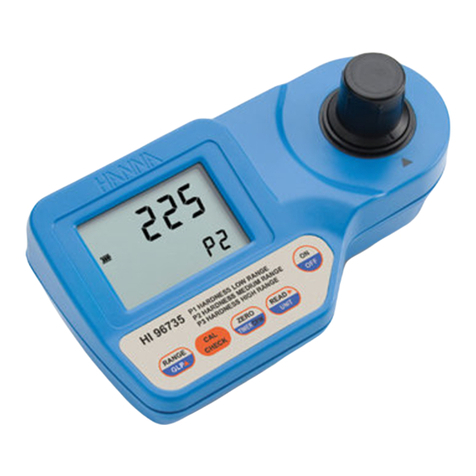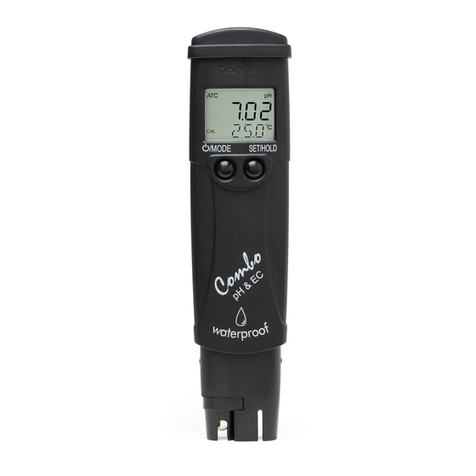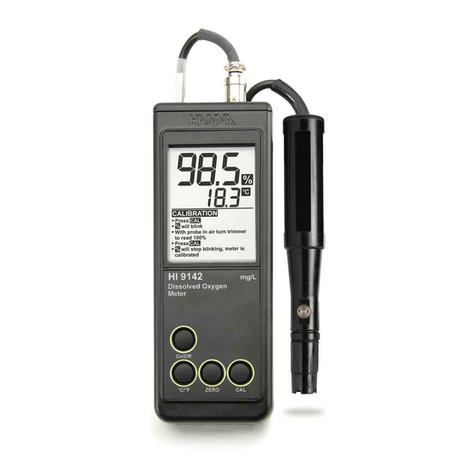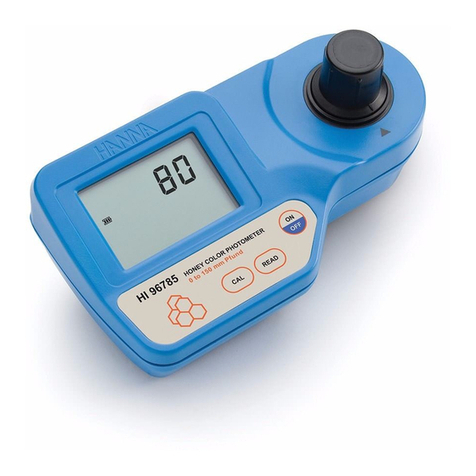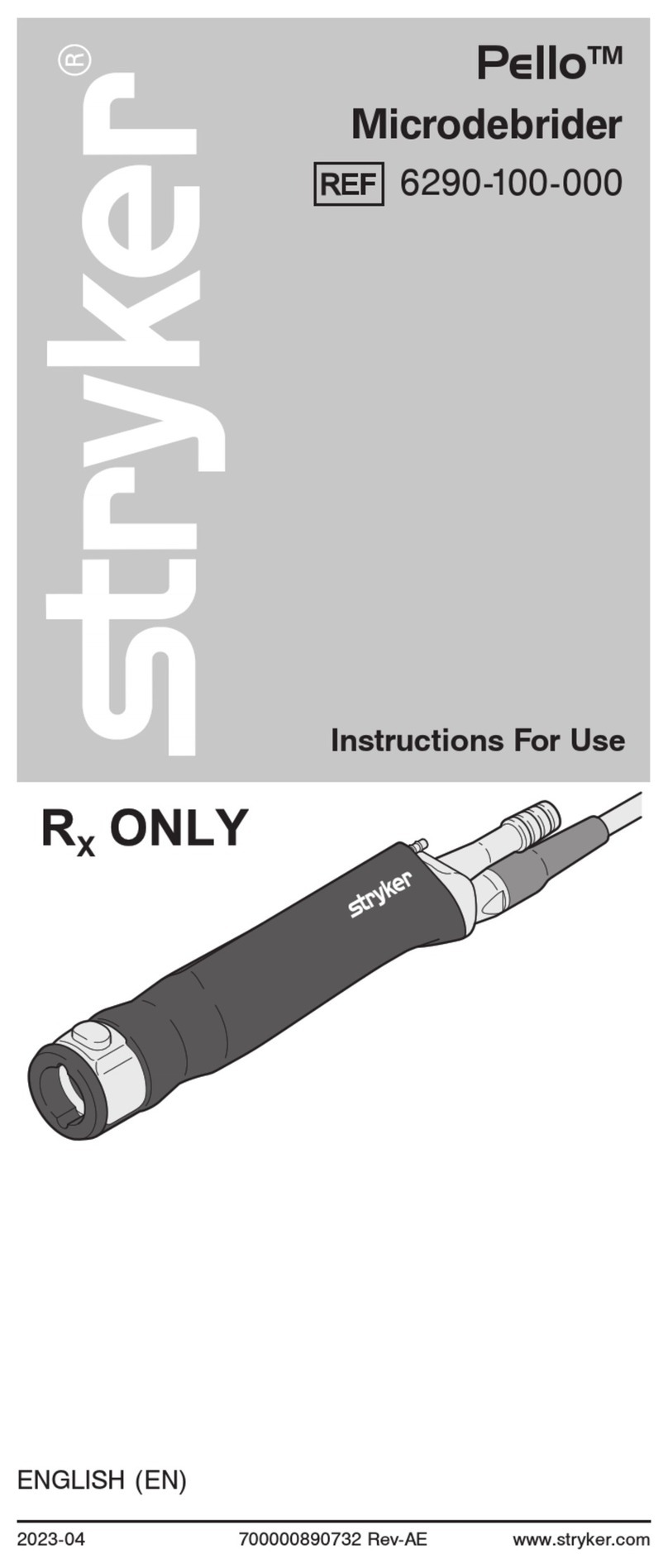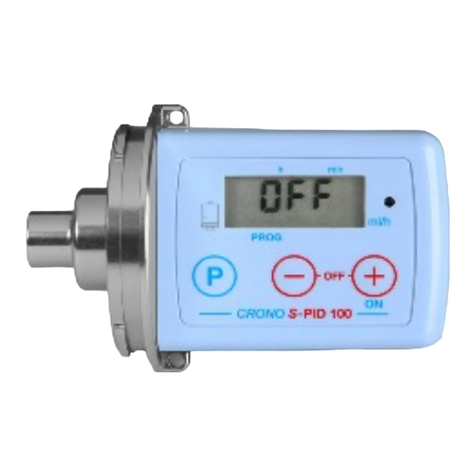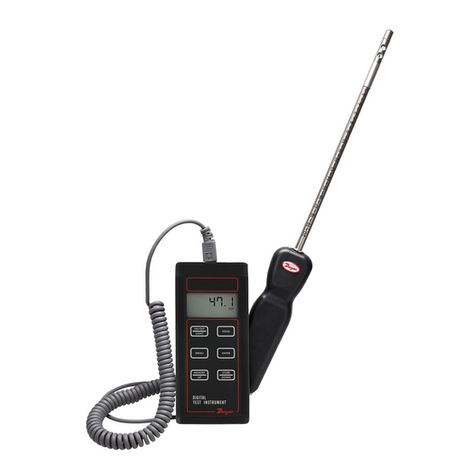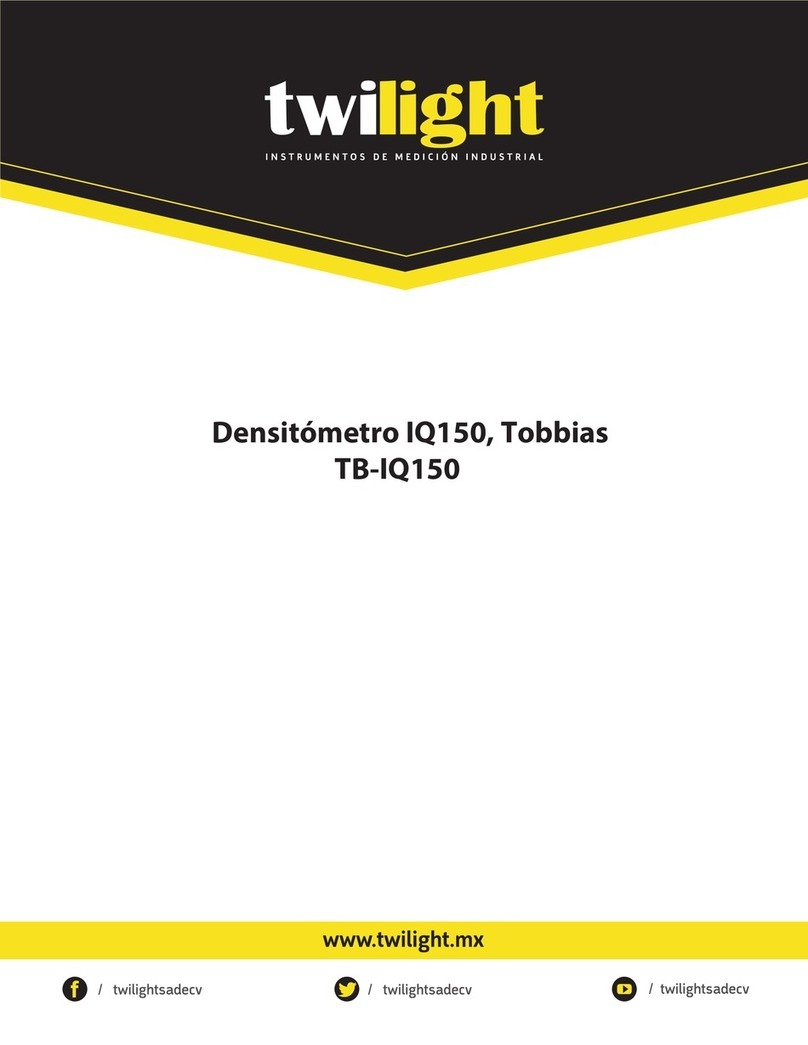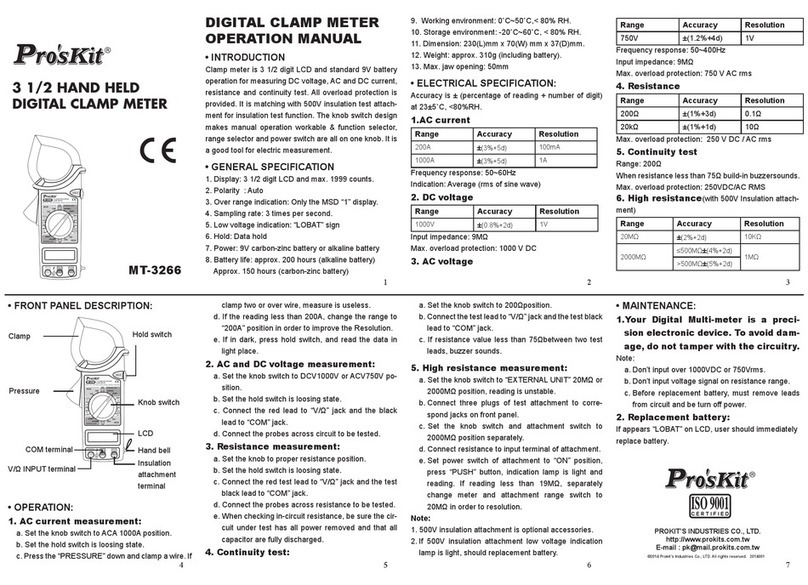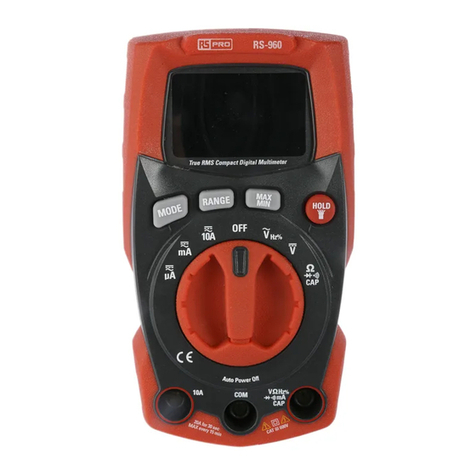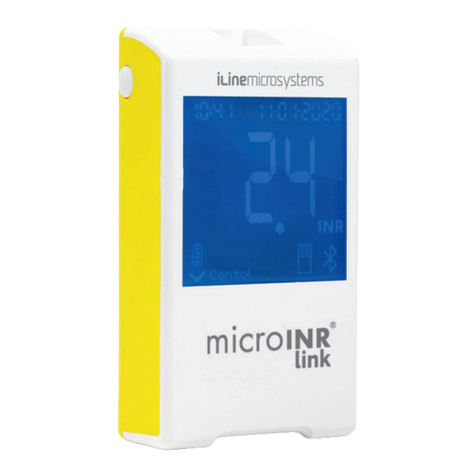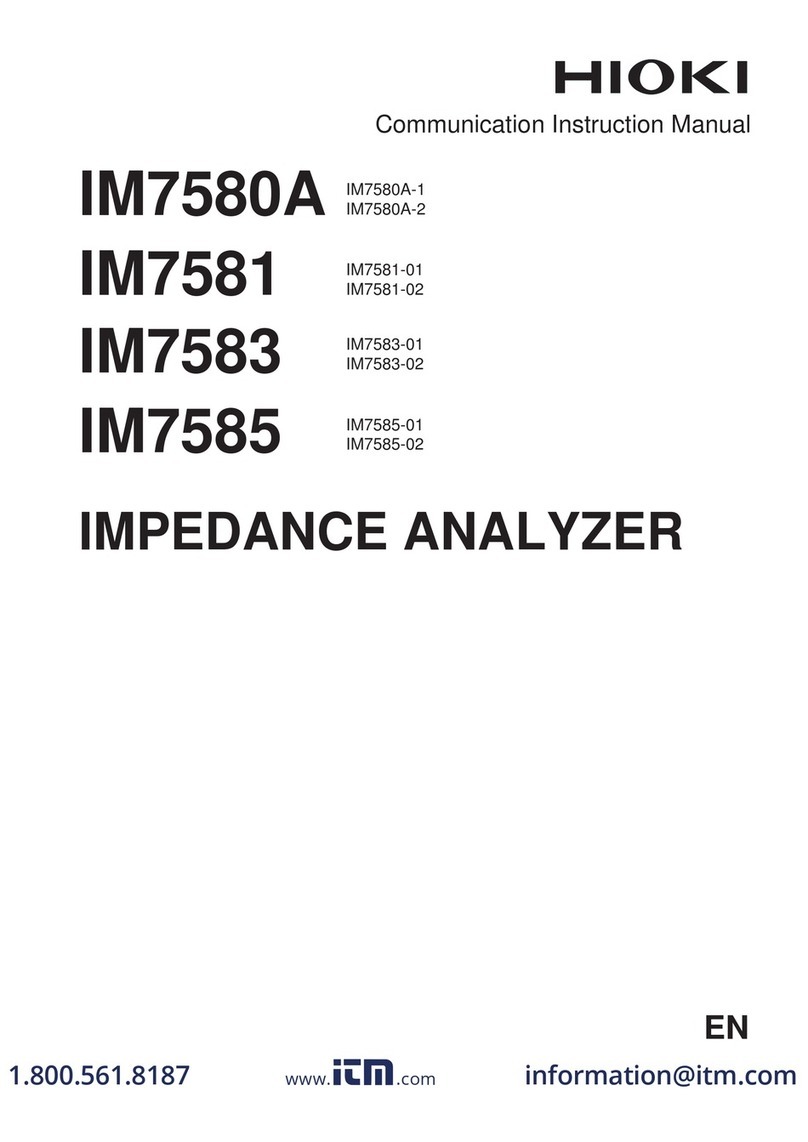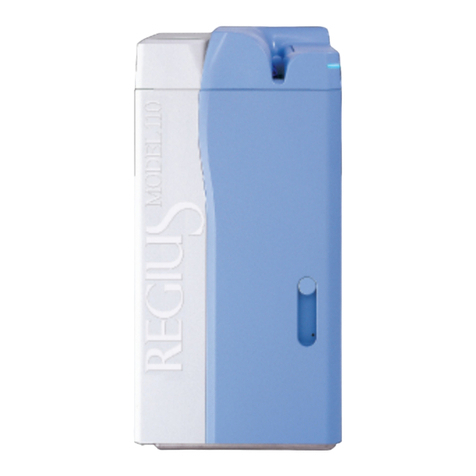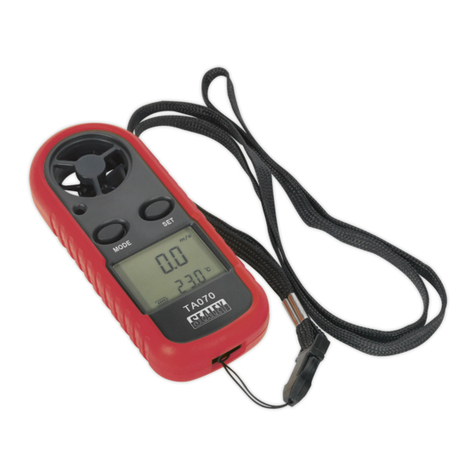3
All rights are reserved. Reproduction in whole or in part is prohibited without the written consent
of the copyright owner, Hanna Instruments Inc., Woonsocket, Rhode Island, 02895, USA.
TABLE OF CONTENTS
PRELIMINARY EXAMINATION................................................................................................. 4
GENERAL DESCRIPTION ........................................................................................................ 5
SPECIFICATIONS ................................................................................................................... 7
PRINCIPLE OF OPERATION .................................................................................................... 8
FUNCTIONAL DESCRIPTION ................................................................................................... 9
TITRATOR STARTUP ........................................................................................................... 11
SETUP MENU .................................................................................................................... 12
GUIDE TO DISPLAY CODES ................................................................................................... 16
ELECTRODE PREPARATION .................................................................................................. 18
ELECTRODE CALIBRATION PROCEDURE................................................................................. 19
pH BUFFER TEMPERATURE DEPENDENCE ............................................................................ 23
DOSING PUMP INSTALLATION ............................................................................................. 24
DOSING PUMP PRIME PROCEDURE ..................................................................................... 24
PUMP CALIBRATION PROCEDURE ........................................................................................ 26
TITRATION PROCEDURE ..................................................................................................... 28
pH MEASUREMENT ............................................................................................................ 33
PC INTERFACE AND DATA TRANSFER ................................................................................... 37
TROUBLESHOOTING GUIDE ................................................................................................ 38
ELECTRODE CONDITIONING AND MAINTENANCE .................................................................. 40
ACCESSORIES ..................................................................................................................... 42
WARRANTY........................................................................................................................ 43
























